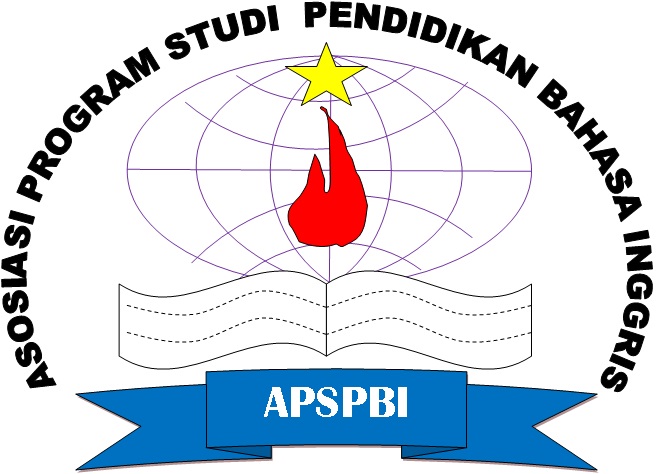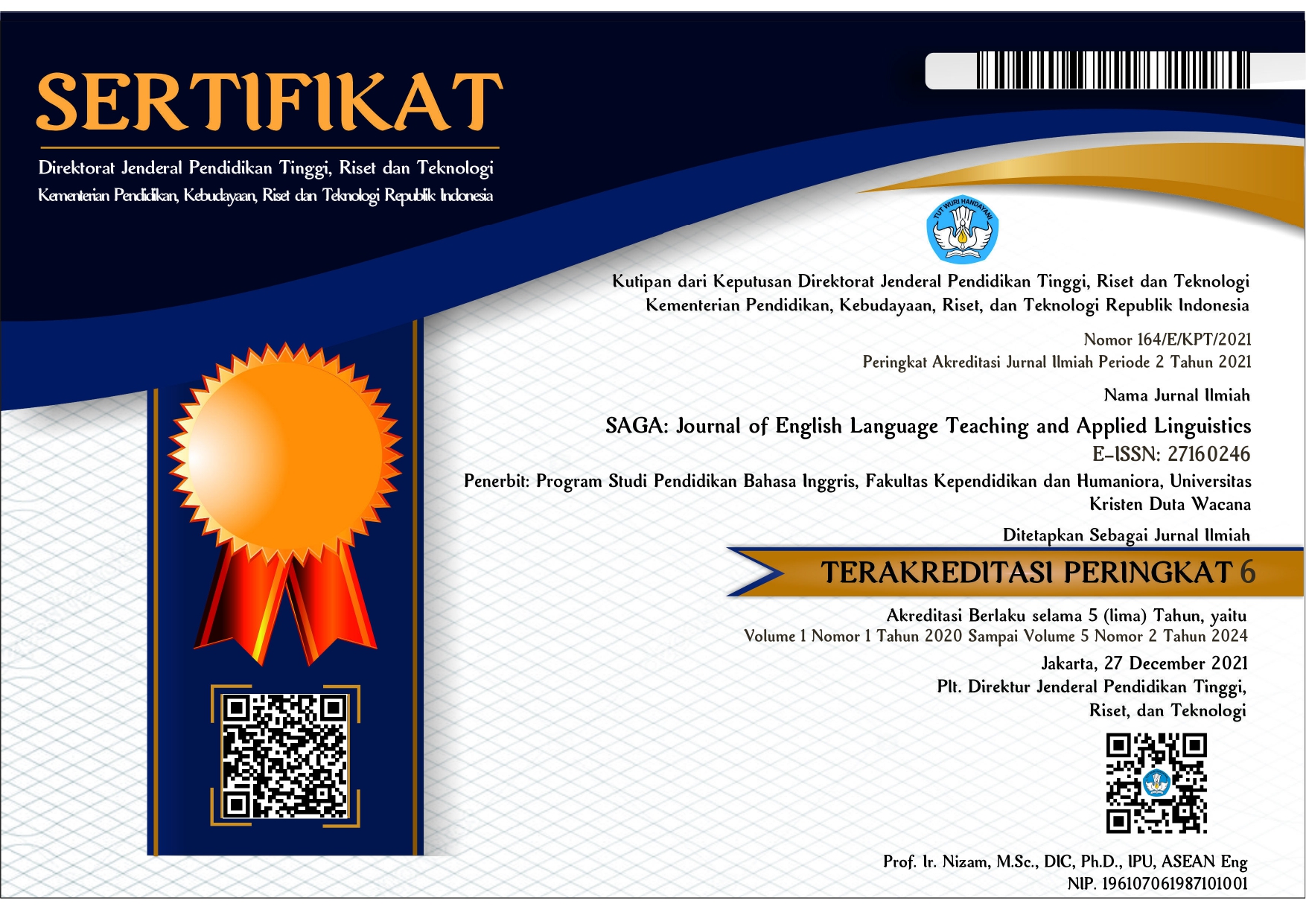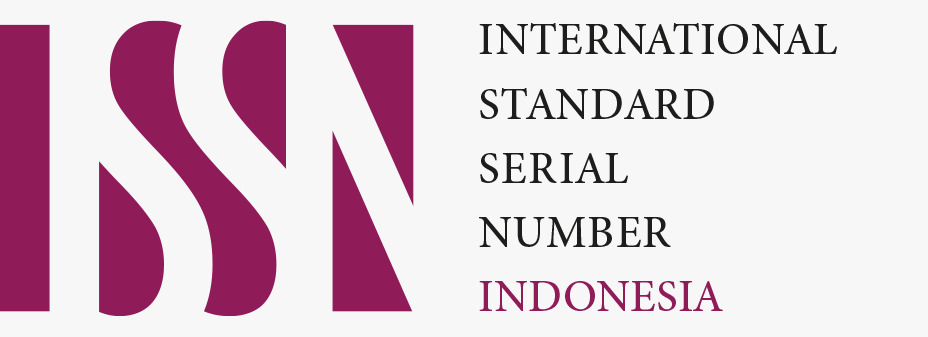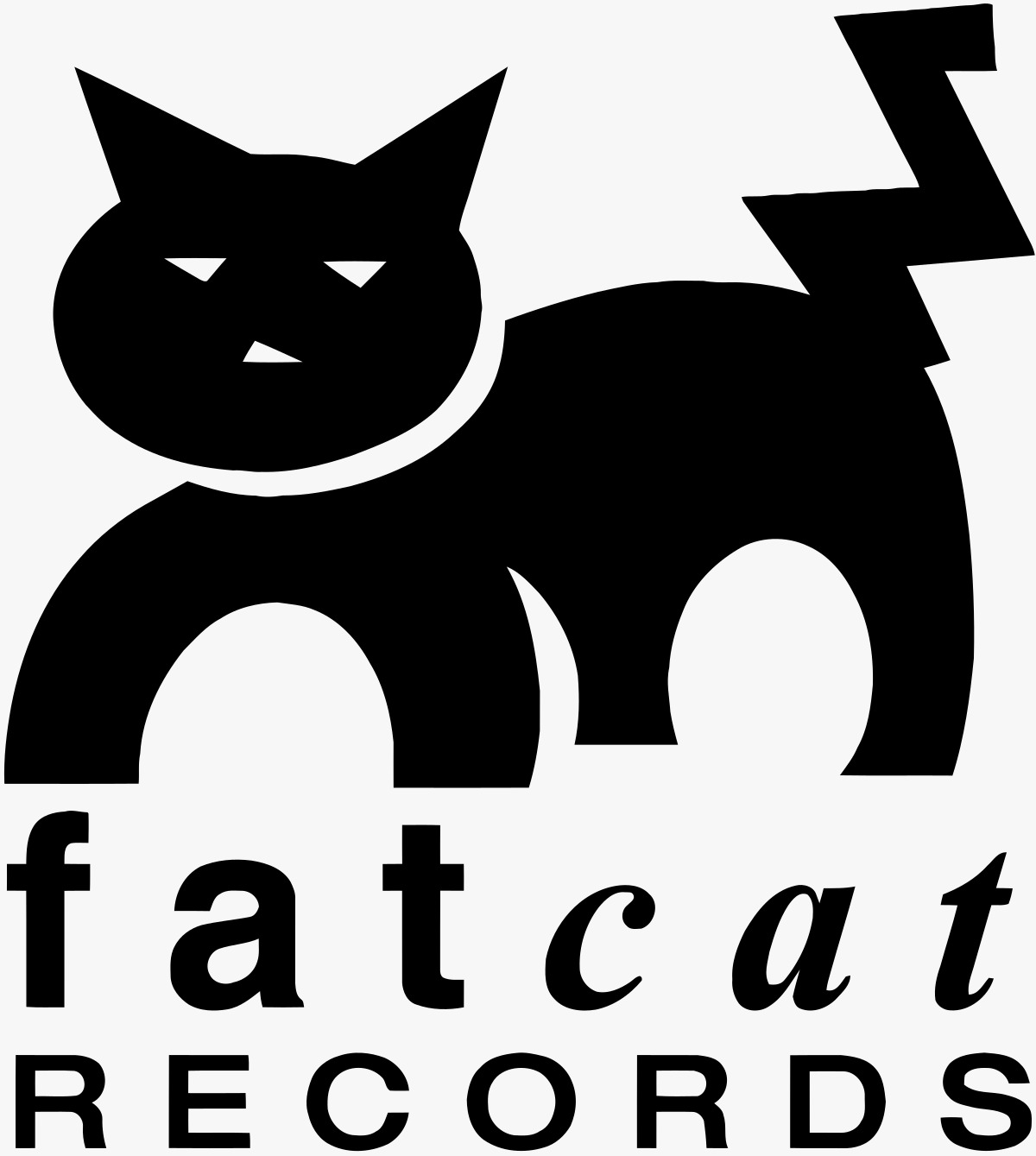An Analysis of Slang Found in X Thread By K-Popers
DOI:
https://doi.org/10.21460/saga.2025.61.236Keywords:
Linguistic, Slang, KPopers, Twitter, XAbstract
This research focuses on using slang words in social media X, previously known as Twitter, especially in comments by K-pop fans, known as K-popers. The method used in this research is a qualitative case study, with data collected through participatory observation and content analysis of X comments posted by Kpopers. Wit a tweet on X being the primary data source. The analysis includes identifying the types of slang used and its interpretation within the cultural background according to Allan and Burridge’s theory, as well as a conceptual framework that explains linguistics in aspects of semantics. This research is expected to provide theoretical insights into linguistic dynamics in online communities and practical benefits in understanding how cultural and social identities are constructed and maintained through language.
References
Al-Kadi, A. (2017). The use of slang among college students in Jordan: A sociolinguistic study. International Journal of English Linguistics, 7(3), 83-91. doi:10.5539/ijel.v7n3p83
Allan, K., & Burridge, K. (2006). Forbidden words: Taboo and the censoring of language. Cambridge University Press.
Androutsopoulos, J. (2006). Introduction: Sociolinguistics and computer-mediated communication. Journal of Sociolinguistics, 10(4), 419-438. https://doi.org/10.1111/j.1467-9841.2006.00286.x
Ayto, J. (2008). Oxford dictionary of modern slang. Oxford University Press.
Baron, N. S. (2010). Always on: Language in an online and mobile world. https://doi.org/10.1093/acprof:oso/9780199733033.001.0001
Burridge, K., & Manns, H. (2013). Introducing English language: A resource book for students. Routledge. https://doi.org/10.4324/9780203108084
Cameron, D. (2013). Language and sexuality. Cambridge University Press.
Chandler, D. (2017). Semiotics: The basics (3rd ed.). Routledge.
Cho, Y. (2019). Global K-pop: Pop culture and cultural transformation in international markets. Journal of Popular Culture, 52(2), 208-225. doi:10.1111/jpcu.12747
Creswell, J. W., & Poth, C. N. (2018). Qualitative inquiry and research design: Choosing among five approaches (4th ed.). SAGE Publications.
Crystal, D. (2011). Internet linguistics: A student guide. Routledge.
Chun, E. (2017). The discursive construction of global pop identities: K-pop and YouTube. Journal of Multilingual and Multicultural Development, 38(9), 758-769. doi:10.1080/01434632.2017.1304397
Daly, N. (2016). Language, communication, and culture in contemporary Britain. Routledge
Eble, C. (2016). Slang and sociability: In-group language among college students. University of North Carolina Press.
Frastiwi, S., & Aisyah, S. (2018). An analysis of slang words used in social media. Journal of Language and Linguistic Studies, 14(4), 48-61. doi:10.17263/jlls.501728
Green, J. (2016). Language and the internet. John Wiley & Sons.
Green, J. (2010). Slang and its analogues: The power of language in shaping identity. Cambridge University Press. https://doi.org/10.1017/CBO9780511619472
Gruzd, A., & Haythornthwaite, C. (2013). Enabling community through social media. Journal of medical internet research, 15(10), e248. doi:10.2196/jmir.2796
Hafni, L., Susanto, A., & Setya, A. (2018). An analysis of slang terms in the ‘Deadpool’ movie. Journal of Language and Literature, 6(2), 112-120. doi:10.33394/joll.v6i2.1828
Harris, J. (2014). The language myth. Penguin UK.
Hughes, G. (2010). An encyclopedia of swearing: The social history of oaths, profanity, foul language, and ethnic slurs in the English-speaking world. Routledge.
Jay, T. (2018). The psychology of language: An integrated approach. Pearson. https://doi.org/10.1037/14045-003
Jin, D. Y. (2018). New Korean wave: Transnational cultural power in the age of social media. University of Illinois Press.
Kim, H., Oh, S., & Suh, E. (2021). Digital ethnography of fandom: Investigating the dynamics of K-pop fandom on social media. Journal of Media Studies, 34(4), 92-110. doi:10.1080/01436597.2020.1866632
Krippendorff, K. (2018). Content analysis: An introduction to its methodology (4th ed.). SAGE Publications.
Krueger, R. A., & Casey, M. A. (2015). Focus groups: A practical guide for applied research (5th ed.). SAGE Publications.
Lie, J. (2015). K-Pop: Popular music, cultural amnesia, and economic innovation in South Korea. University of California Press.
Liu, J. (2018). The use of slang in American and British English: A comparative study. Journal of Language and Linguistic Studies, 14(2), 56-68. doi:10.17263/jlls.418275
Matthews, P. H. (2014). The concise Oxford dictionary of linguistics. Oxford University Press.
Morgan, D. L. (1997). Focus groups as qualitative research (2nd ed.). SAGE Publications.
Neuendorf, K. A. (2017). The content analysis guidebook (2nd ed.). SAGE Publications.
Oktavianingsih, Y., P, D. R., Nasucha, Y., & A, D. G. K. (2022). Kpopers slang variations in the comments column #armyindonesia and its implications for Indonesian language learning. Advances in Social Science, Education and Humanities Research. https://doi.org/10.2991/assehr.k.220503.026
Oktaviani, N. P. E., & Agung, I. G. A. M. (2020). Slang used in the movie "Lady Bird". Humanis: Journal of Arts and Humanities, 24(2), 123-132.
Page, R., Barton, D., Unger, J. W., & Zappavigna, M. (2014). Researching language and social media: A student guide.
Partridge, E. (2014). A dictionary of slang and unconventional English. Routledge. https://doi.org/10.4324/9781315741532
Partridge, G. (2004). A dictionary of slang and unconventional English. Routledge.
Radford, A., Atkinson, M., Britain, D., Clahsen, H., & Spencer, A. (2016). Linguistics: An introduction (2nd ed.). Cambridge University Press.
Sandelowski, M. (2000). Whatever happened to qualitative description? Research in Nursing & Health, 23(4), 334-340.
Smith, A. (2017). Theorizing language. Routledge.
Tagg, C., Seargeant, P., & Brown, A. (2017). Taking offence on social media: Conviviality and communication on Facebook. Discourse, Context & Media, 15, 14-23.
Thorne, T. (2014). Dictionary of contemporary slang. Bloomsbury Publishing.
Varis, P., & Blommaert, J. (2015). Conviviality and collectives on social media: Virality, memes, and new social structures. A Journal of Multilingualism from the Periphery, 2 (1), 31-45.
Wardhaugh, R., & Fuller, J. M. (2015). An introduction to sociolinguistics (7th ed.). Wiley-Blackwell.
Williams, J. P. (2020). Subcultural theory: Traditions and concepts. Sociology Compass, 14(5), e12777. doi:10.1111/soc4.12777
Yin, R. K. (2018). Case study research and applications: Design and methods (6th ed.). SAGE Publications.
















